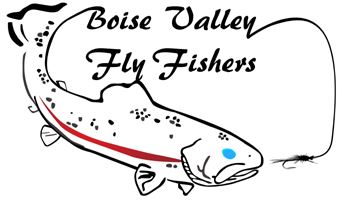When headed out fishing, it is helpful to understand the weather and water conditions, so you can be prepared as well as make smart and safe decisions.
 For weather, I find NOAA’s forecasts the most accurate for our area and includes forecasts for the “Dreaded W”. I use the app “NOAA Weather Unofficial” which gives an hour-by-hour temperature, “W” and precipitation forecast that is very useful. Here is an example that shows when a recent storm is expected to stop raining. (Update: Looks like this is an Android only app--sorry. Here is a link to the app developer's page.)
For weather, I find NOAA’s forecasts the most accurate for our area and includes forecasts for the “Dreaded W”. I use the app “NOAA Weather Unofficial” which gives an hour-by-hour temperature, “W” and precipitation forecast that is very useful. Here is an example that shows when a recent storm is expected to stop raining. (Update: Looks like this is an Android only app--sorry. Here is a link to the app developer's page.)
Another handy tool for checking the weather is the Bureau of Reclamation’s Hydromet website which includes weather sites at many dams and rivers. For example, in the winter it’s nice to see when the air temperatures got above freezing the last few days, and it’s always good to see how much rain the Owyhee got before you head over, as larger rain events can cause a dry side canyon/creek to blowout.

One tip about fishing in “the W”: It can be difficult, but river canyons like the SF Boise and Owhyee have protected areas that make it easier to cast, depending on the direction of the wind. Make a “W Plan” by paying attention to how much grass and tree movement you see when you’re driving along the river and make notes of these areas.
Understanding water flows and water temperatures is also very important. Spring runoff can make rivers dangerously high to fish and rainstorms can bring flows up on freestone rivers. The NOAA River Forecast page will give you an idea of how the river might come up from forecast precipitation and how the current river flows compare to the average (median) flows. Upcoming changes in dam outflows are also shown in the river forecast, which will let you know when flows are expected to change. Here is an example that shows when the Middle Fork of the Boise River will drop after our recent heavy rainstorm.

There are some good apps to track river flows. I like “Rivercast” and “Riverflows”. BVFF’s “Local Waters” web page is extremely helpful as it includes links to river flows, forecasts and water temperatures. As well as reservoir levels and Bureau of Reclamation’s Boat Ramp page that lets you know if you’ll be able to launch at your favorite boat ramp. Bookmark it and make a habit of checking it before you head out on your fishing trip.
You can also sign up for USGS “Water Alerts” and get notifications for changes in water conditions based on thresholds you choose. For example, I have a water alert set for the SF Boise to let me know when flows have gone above or below 600cfs (note, to avoid duplicate notifications I set it for flows that are greater than 400 and less than 500 ft^3/s – daily). Similarly, I have an alert set on the Owyhee river for “Discharge is greater than 75 and less than 100 ft^3/s – daily”.
Knowing water temperatures can help you anticipate what bugs are hatching and help you choose where you want to fish. For example, in the early summer fishing the lower end of the MF Boise will have warmer water temperatures and better fishing. But by mid summer the lower MF Boise can get too warm for fishing and you’ll have better luck moving upstream to cooler waters. For more details on how to use water temperatures to improve your fishing, see this previous blog article .
Showing up at a river when it’s not in prime condition can ruin your fishing day. Spending a few minutes checking the river flows and forecasts will make you a more effective fisherman.
EXAMPLE FISHING CONDITION QUESTIONS

